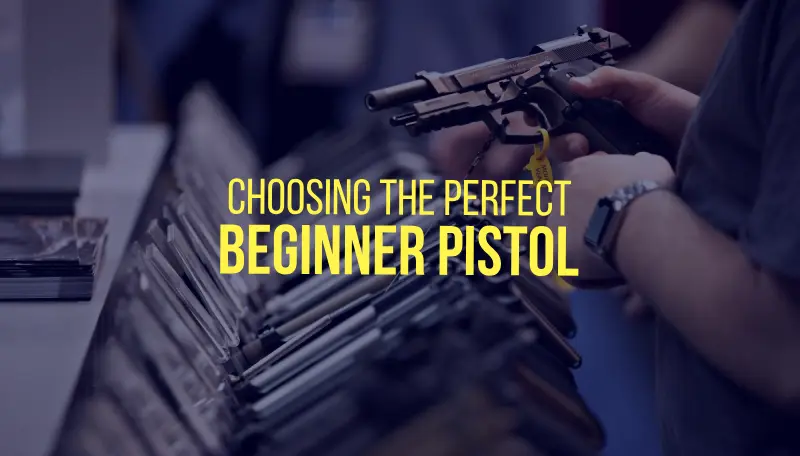
Hey there! You’re getting your first gun. First off, congrats and a big welcome to the community! As part of this community, we’re all about helping newcomers like you get started on this journey safely and with confidence. This article’s got you covered on a few key topics:
- Why a handgun might just be the best choice for beginners. And what’s the deal with rifles and shotguns?
- Revolver or pistol – which way to go?
- What should you keep in mind when hunting for your very first handgun?
- Top picks for beginner pistol owners.
Let’s get into it!
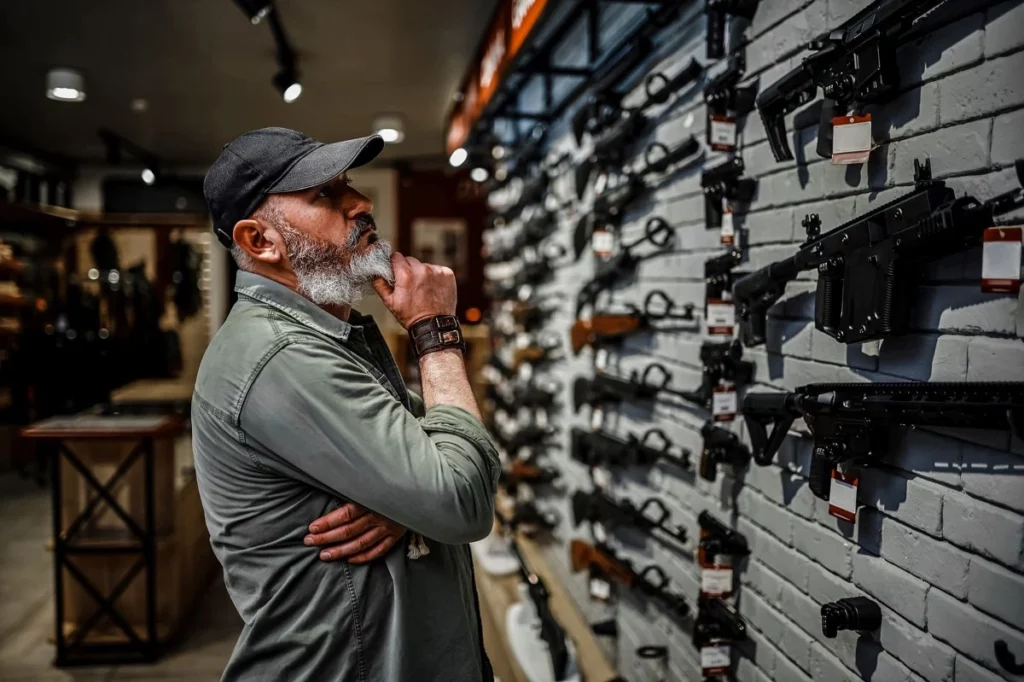
Thinking about your first gun? What should it be? Well, a lot depends on what you plan to use it for, but most likely, you’re looking at getting a handgun. Here’s why.
First off, most folks get guns for protection – that means self-defense, concealed carry, and home protection. We’ll dive deeper into this, but for starters, modern semi-auto pistols pack enough punch with standard magazines holding up to 17 rounds and extended mags going up to 33 rounds. Plus, handguns are just easier to handle and move around with, not to mention lighter than long guns.
Now, if you’re leaning towards a rifle, a semi-auto rifle is your best bet. AR15-style rifles chambered in .223 Remington are super popular. But really, any semi-auto rifle in .223/5.56 (or a similar intermediate caliber) will do the job – think Sig Sauer MCX, bullpup rifles like the Steyr AUG A3 M1 or IWI Tavor X95, or AK-47s. Why this caliber? It’s perfect for home defense, offering a great mix of stopping power without risking overpenetration with expanding ammo. Plus, you’re looking at an effective range of 150-200 yards, depending on how long the barrel is (longer barrels mean faster bullets and better accuracy).
As for shotguns, they’re incredibly versatile but maybe not the best choice for your first gun unless hunting is not your intended application. There are shotguns designed for home defense, sure, but they tend to be better suited for folks who’ve been shooting for a while. Plus, they are actually inferior to handguns and rifles for home protection.
So, the bottom line? A handgun is probably your best bet for a first gun. But remember, federal law has stricter rules about handguns than long guns – you’ve got to be at least 21 to buy a handgun and handgun ammo from a licensed dealer. Make sure you’re up to speed on both federal and local laws and regulations.
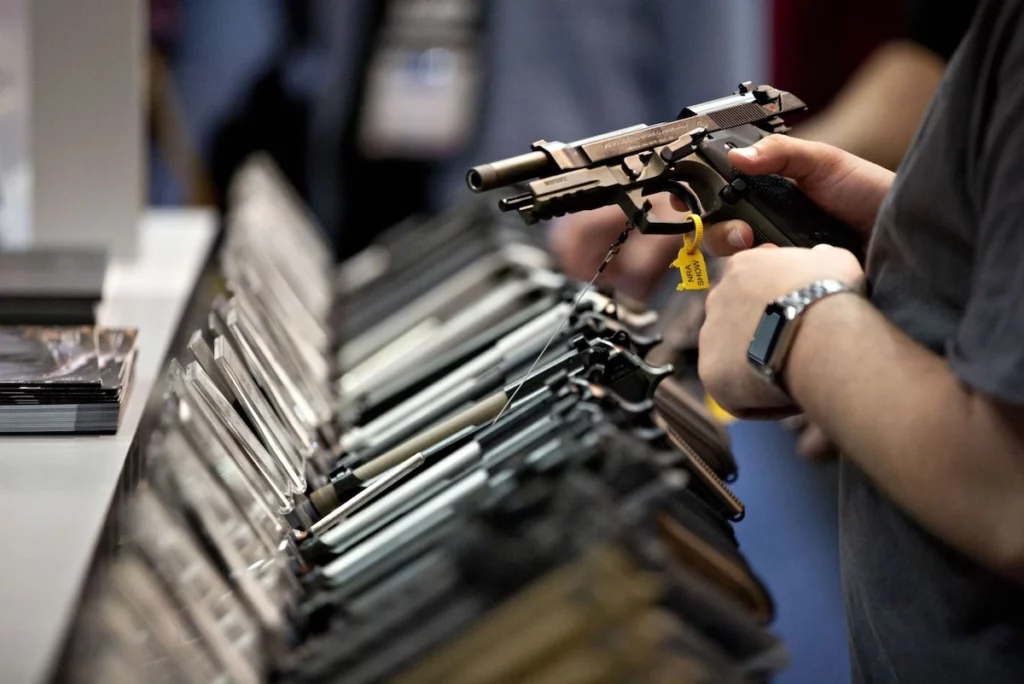
Before we dive deeper into picking out the perfect first handgun, let’s tackle a big question – pistol or revolver?
There are plenty of solid reasons why someone might go for a revolver. They’re known for being reliable, easy to use, and simple to maintain. Plus, if you run into a malfunction, often all you need to do is pull the trigger again. But, there are some significant downsides to consider – like their limited ammo capacity, slow reloading, heavier triggers, and much fewer options for customization.
On the flip side, getting yourself a semi-auto pistol seems more rewarding. Not only do they overcome many of the limitations of revolvers, but they also offer a great learning experience. Getting familiar with a semi-auto pistol lays down a solid foundation for understanding how semi-automatic firearms work in general. This knowledge is super handy, especially since semi-auto rifles and shotguns are dominating the gun scene.
So, while revolvers definitely have their place, we suggest starting your journey with a semi-auto pistol. It’s a choice that opens up more possibilities and gives you a broader understanding of firearms as a whole.
If You’re Set on a Revolver:
Here are important things to keep in mind:
- You might want to think twice before going for those snub-nose revolver. For beginners, snub-nose J-frame revolvers can be tough to handle. Their lightweight and small grip make them challenging to control, and their short barrels make them hard to shoot accurately.
- Instead, consider opting for a larger L-frame revolver. These revolvers are typically chambered for .357 Magnum, which does mean they come with a bit more recoil. However, you can shoot the less powerful .38 Special cartridge from a .357 revolver. This is perfect for range practice since .38 Spl ammo is easier on the wrists. And when it comes to carrying for self-defense, you can load up with .38 Spl +P ammo, which has a bit more oomph, making it a solid choice for concealed carry scenarios.
Best beginner revolvers: S&W 686 or 686 Plus, Ruger GP100, and Taurus 627 Tracker.
When it comes to picking out the best beginner pistol, there are a few key things to consider. Let’s dive into them.
Size & Fit
The pistol’s size affects how accurately you can shoot and how easy it is to handle, while the fit impacts comfort during use (like if you have to adjust your grip when drawing from a holster) and control during firing. For most beginners, a full-size or compact pistol is the way to go.
Full-size pistols usually have a barrel length between 4.5 to 5.5 inches. This extra length allows the bullet more time in the barrel to gain energy, which translates to more power and better accuracy at longer distances. They often come with magazines that can hold 15 to 17 rounds, their heavier weight helps reduce recoil, and they offer larger grip areas for better control and a longer sight radius which aids in accuracy. These pistols are the best for home defense.
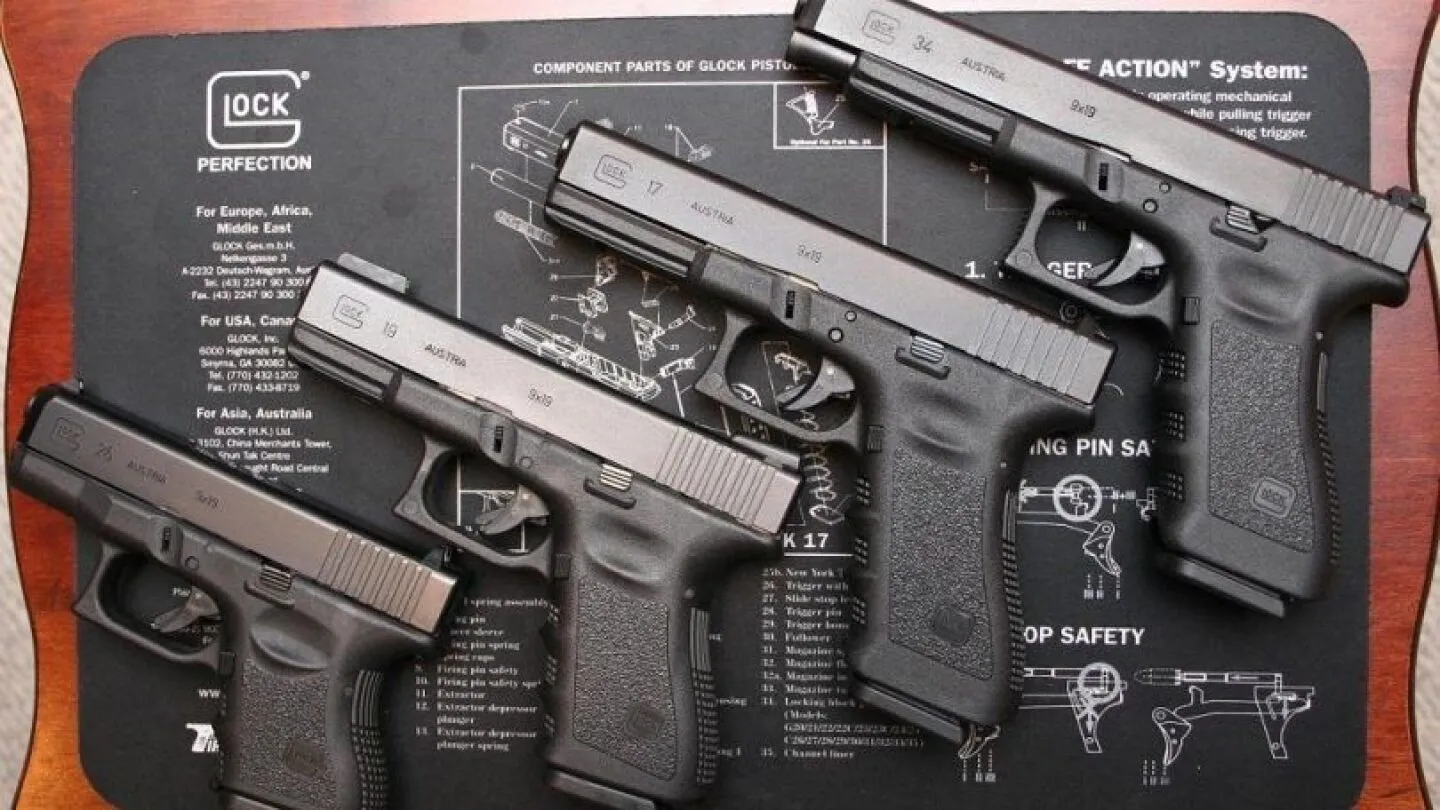
Compact pistols, on the other hand, have barrels ranging from about 3.5 to 4.5 inches. They’re lighter, easier to carry, and typically hold 12 to 15 rounds. Despite being smaller, modern compact pistols can deliver performance close to their full-sized counterparts. They’re designed for concealed carry or for shooters with smaller hands.
In general, a full-size pistol might be more comfortable to shoot if you can confidently grip it. If a compact feels better in your hands, though, don’t hesitate to choose one. The compact’s slide is still long enough for a decent sight radius and room for accessories.
Subcompacts?
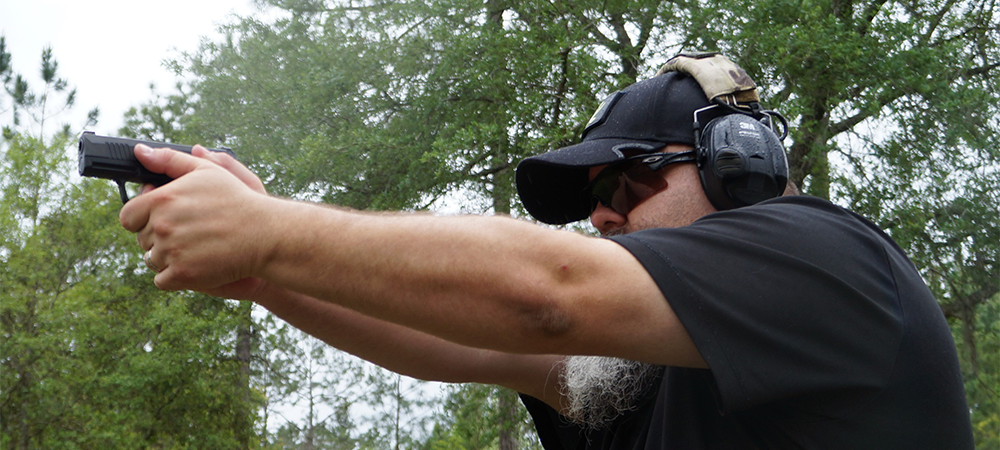
Choosing a subcompact requires careful consideration because they’re definitely trickier to shoot and control. That’s because they absorb less recoil, leaving you to deal with more of it. Plus, you’re looking at a shorter sight radius, smaller capacity, and less grip area.
But if a subcompact is what you’re after for concealed carry, there are some solid picks out there. The Sig P365 and P365XL, Glock 48 or 43, and the S&W Shield or Shield EZ for weaker hands are top-notch choices. These models manage to balance the challenges of being small with good performance and reliability.
Action
Let’s not get too bogged down here. The quick advice? Go for a striker-fired or double-action-only pistol. This means you won’t have to mess with a hammer (it’s hidden) and the trigger pull is consistent and lighter compared to double-action/single-action (DA/SA) triggers. A well-known DA/SA pistol is the Beretta 92 / M9, used by the military. It has a heavy first shot because it cocks the hammer and lighter follow-ups. For beginners, this varying trigger pull can be tricky.
Safety
It might sound backwards, but many shooters actually prefer pistols without the external/manual safety. The idea is to eliminate one more step when you need to use your pistol quickly under stress. But ultimately, whether you want a safety is up to you.
Caliber
Though caliber debates are common online, let’s cut to the chase – 9mm is the best bet for a beginner. Here’s why:
- 9mm ammo is affordable, second only to .22LR.
- There’s a huge variety of pistols available, from full-sized to subcompacts.
- 9mm strikes a great balance as a defense cartridge, offering a good mix of power, manageable recoil, and capacity.
- It’s cross-platform. You can use 9mm ammo in both your pistol and a pistol-caliber carbine if you decide to add a long gun to your collection down the line.
Takeaway
The perfect starter semi-auto pistol recipe looks something like this:
- Full-Size Frame for home defense and hitting targets at the range, OR a Compact Frame for folks with smaller hands or those looking to carry concealed. (Bonus if the model comes with removable grip inserts so you can customize the fit to your hand.)
- Striker-Fired action for consistent and lighter trigger pulls.
- No Manual Safety to keep things straightforward and reduce steps in high-pressure situations.
- A Popular Model, since it’ll have a wide availability of parts, upgrades, and options for customization.
- Chambered in 9mm because it’s affordable, versatile, and has just the right balance of power and manageable recoil.
Based on this checklist, here are the best beginner handguns we recommend.
Glock 17/Glock 19 (Gen 5)
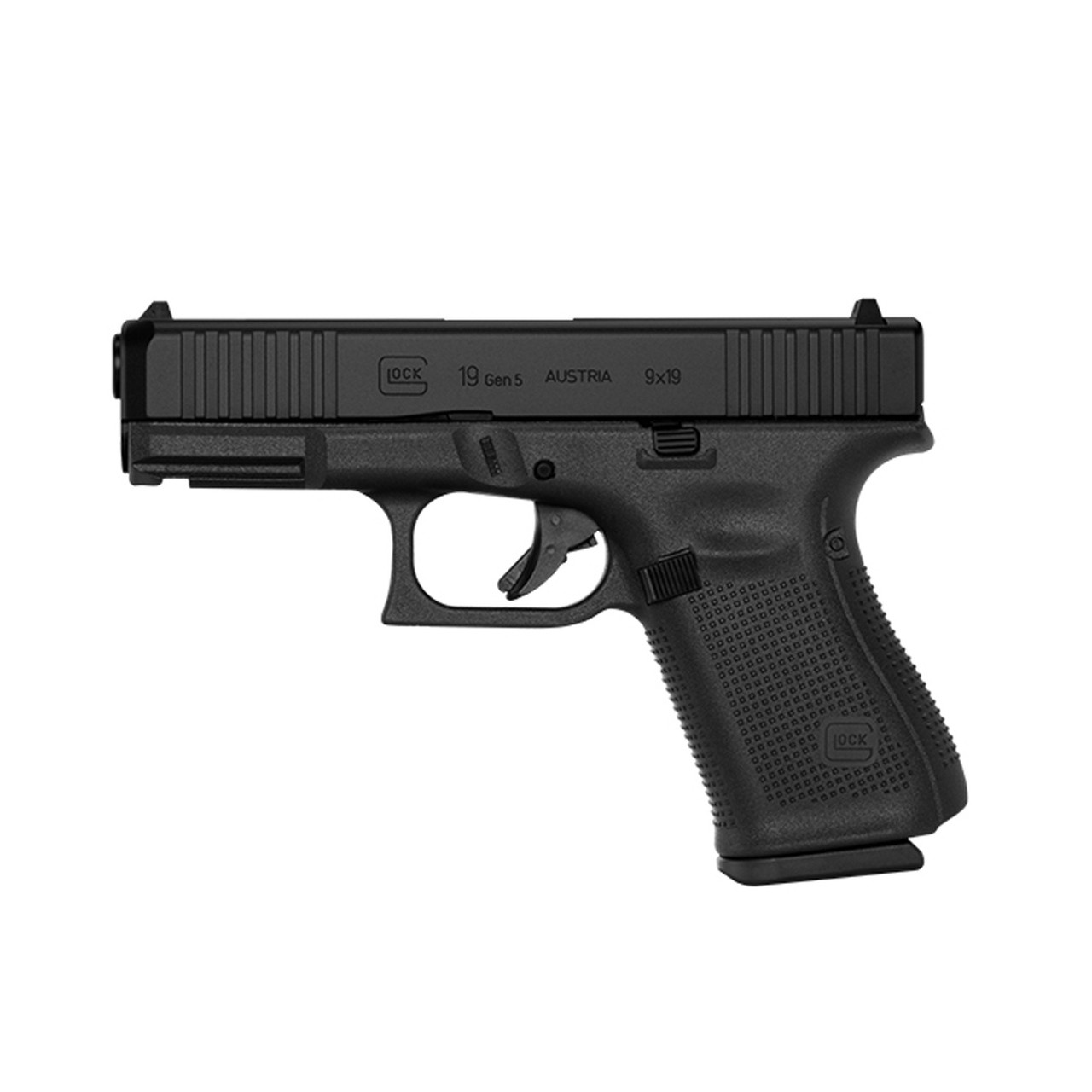
The Glock 17 and 19, particularly their Gen 5 models, are real mainstays in the handgun world, perfect for both newbies and pros. They’re known for being super reliable while sporting internal safeties only. One of the coolest things about Glocks? There’s this huge market for aftermarket parts and upgrades. And these extras are usually cheaper than what you’d find for other popular guns. So, customizing your Glock to fit exactly what you need is both easy and without breaking the bank.
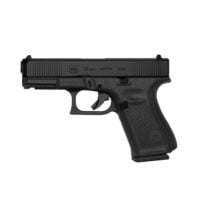
GLOCK 19 Gen5
Specifications:
- Action: DAO
- Caliber: 9mm
- Barrel: 4.02
- Capacity: 15
- Manual Safety: No
SIG P320/P320 XCompact
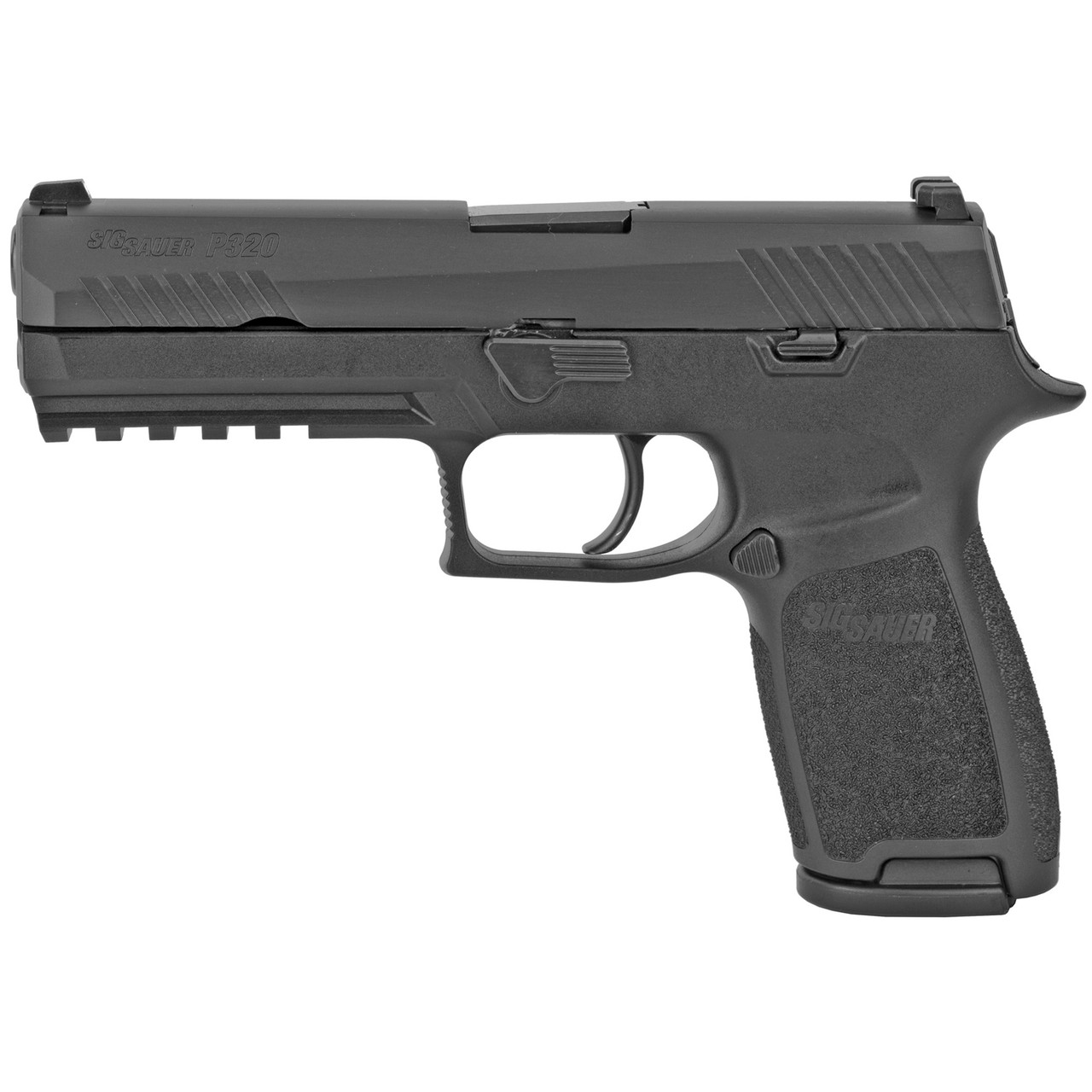
Now, the SIG Sauer P320 and its compact version really shine with their awesome grips and slick design, stepping it up a notch over many others, Glocks included. There’s a ton of aftermarket support here too, so you can tweak and tune your SIG as you grow with it. These pistols are reliable, despite any legal controversies they’ve faced (similar to what Glock experienced when they first hit the scene). Its modularity is another significant selling point, allowing users to adapt the gun to various roles, from concealed carry to home defense. A tip for those concerned about safety, there is the P320 version with the manual safety. And, if you’re super cautious, carrying it with an empty chamber and keeping that holster in tip-top shape can enhance safety.
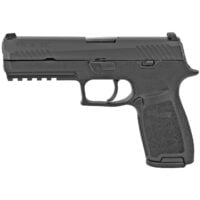
SIG SAUER P320
Specifications:
- Action: DAO
- Caliber: 9mm
- Barrel: 4.7
- Capacity: 17
- Manual Safety: No
Walther PDP
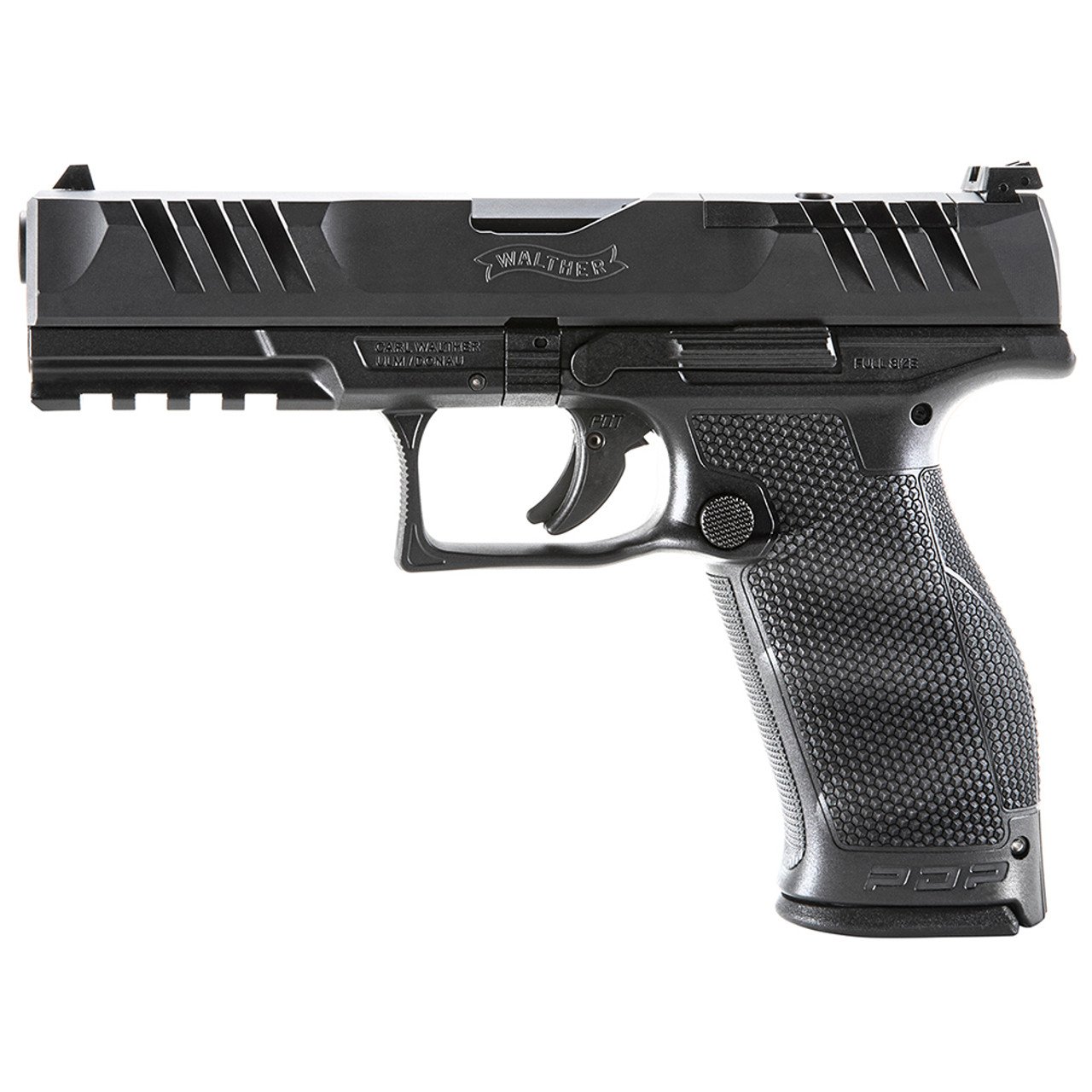
The Walther PDP is a hit for its killer trigger and comfy, ergonomic design, featuring a fat grip molding and pinky extension, making it much more controllable. Plus, those sharp slide serrations make racking the slide easier. Out of the box, it’s ready for a red dot. The PDP is also all about giving you options with its modular design — you can mix and match frame sizes and slide lengths until you find the perfect combo for you.

Walther PDP Pro SD
Specifications:
- Action: Striker-Fired
- Caliber: 9mm
- Barrel: 5.1
- Capacity: 10
- Manual Safety: No
CZ P10-F/P10-C
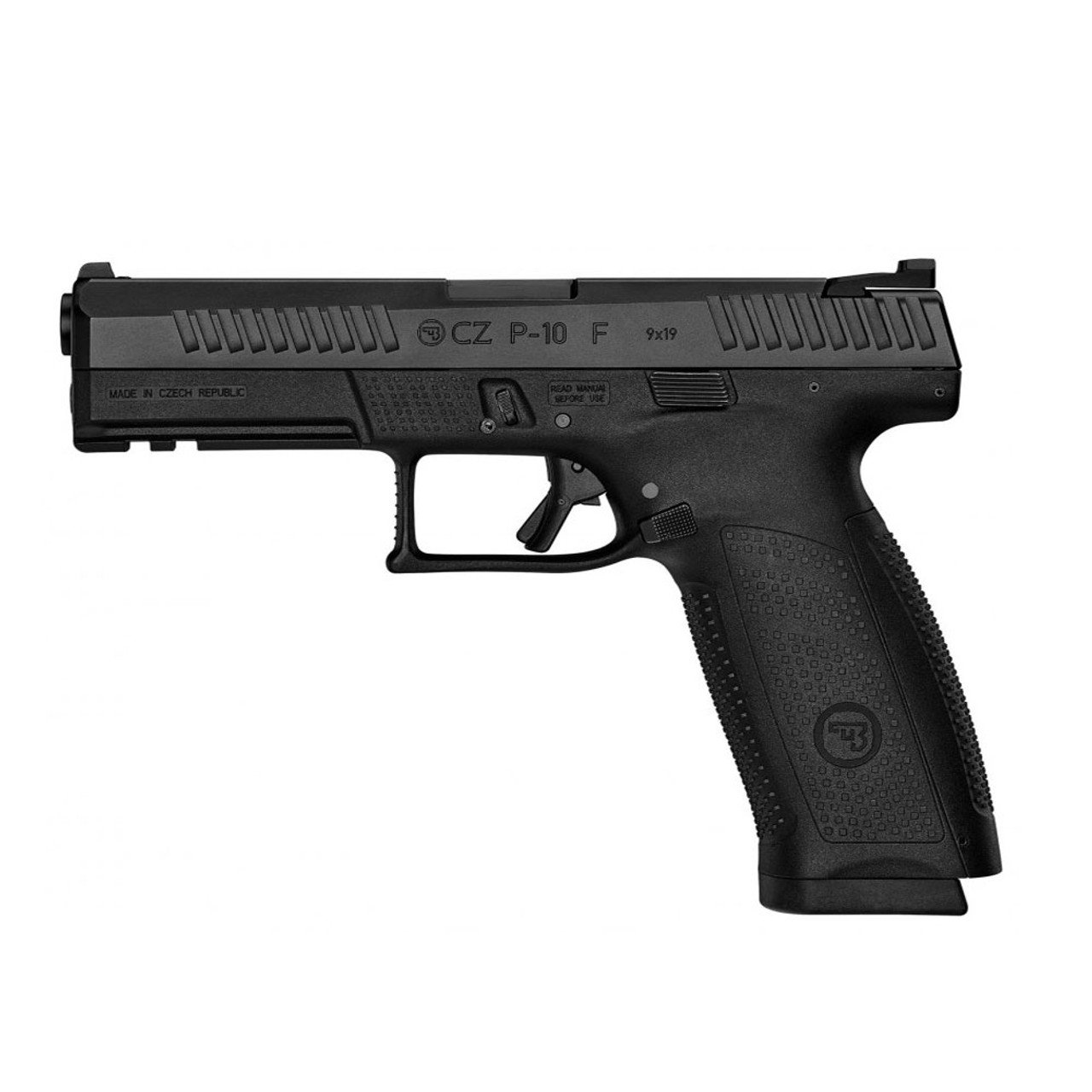
If you’re on the hunt for top-notch quality without emptying your wallet, check out the CZ P10-F and its smaller sibling, the P10-C. The trigger quality and ergonomics are highlights, with a deep tang that allows for a high grip, enhancing control and comfort. The compact version, the P10-C, is especially popular for how well it handles and balances. And with different backstraps available, you can adjust the grip to your liking.
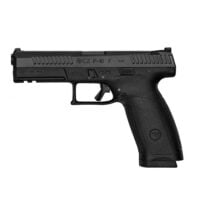
CZ P-10 F
Specifications:
- Action: DAO
- Caliber: 9mm
- Barrel: 4.5
- Capacity: 19
- Manual Safety: No
FN 509 Series

Talk about a solid build — the FN 509 series comes ready to impress with a threaded barrel for those who want to add a suppressor and prepped for optics straight out of the box. The pistol also features ambidextrous controls, and its aggressive grip texture ensures a firm hold in any situation. With its ability to easily host a suppressor, the FN 509 is a versatile pick for beginners who want a gun that’ll adapt as they dive deeper into shooting.
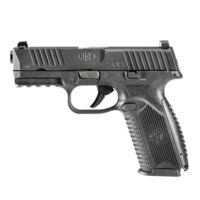
FN 509 Midsize
Specifications:
- Action: DAO
- Caliber: 9mm
- Barrel: 4
- Capacity: 15
- Manual Safety: No
Any DFW folks here?
If you’re stepping into the exciting world of firearms and hunting for that perfect beginner gun, look no further than GRITR Sports in North Richland Hills, DFW. Our gun store offers an incredible range of firearms that aren’t just varied but come with the backing of some seriously knowledgeable folks. Whether it’s your first handgun, rifle, or shotgun you’re after, our team at GRITR Sports is on hand to walk you through the maze, helping you nail down the perfect match that meets both your needs and comfort level. What’s more, we’ve recently become an elite SIG dealer, so you know we’re stocking lots of SIG Sauer firearms.
GRITR Sports also boasts a state-of-the-art shooting range. Before you decide to lay down your cash, we offer you the chance to try out a selection of rental guns. So, explore GRITR Sports gun selection or come to our shooting range to try our rentals or get beginner training.
When selecting your first handgun, consider factors such as the purpose of the firearm (self-defense, target shooting, etc.), size and weight (for ease of handling and comfort), caliber (ammunition type and its availability), and ease of maintenance. It’s also important to choose a gun that feels comfortable in your hand and matches your ability level.
The requirements for purchasing a handgun vary by state in the U.S. Most states require you to pass a background check and have a valid ID. Some states may require a specific gun purchase permit or a waiting period. Always check the laws in your state or consult with a local gun store like GRITR Sports in DFW for guidance.
A well-fitting handgun is one that you can hold comfortably in your shooting hand, with your fingers easily reaching the trigger without straining. You should also be able to easily access the magazine release and safety features.
Many beginners find 9mm handguns a good starting point because they offer a balance between stopping power and manageable recoil. However, the best caliber for you can depend on your personal comfort and intended use. Trying out different calibers at a shooting range can give you a better idea of what works for you.
Both new and used guns have their advantages. New guns come with manufacturer warranties and the assurance that the firearm has not been mishandled. Used guns can be more affordable and, if purchased from a reputable dealer, can still be in excellent condition. Consider your budget and preferences when making this decision.
Yes, many shooting ranges, including GRITR Sports, offer a selection of rental guns so you can try before you buy. This is an excellent way to get a feel for different handguns and see which one suits you best before making a purchase.
After purchasing your handgun, familiarize yourself with its operation and maintenance. Reading the manual, taking a firearm safety course, and practicing at a range are essential steps. Safely storing your handgun to prevent unauthorized access is also crucial.
Many local shooting ranges and gun clubs offer safety courses and training sessions for new shooters. These courses can provide you with the knowledge and skills to handle your firearm safely and confidently. GRITR Sports, for example, might have recommendations for local training opportunities.




Leave a Reply